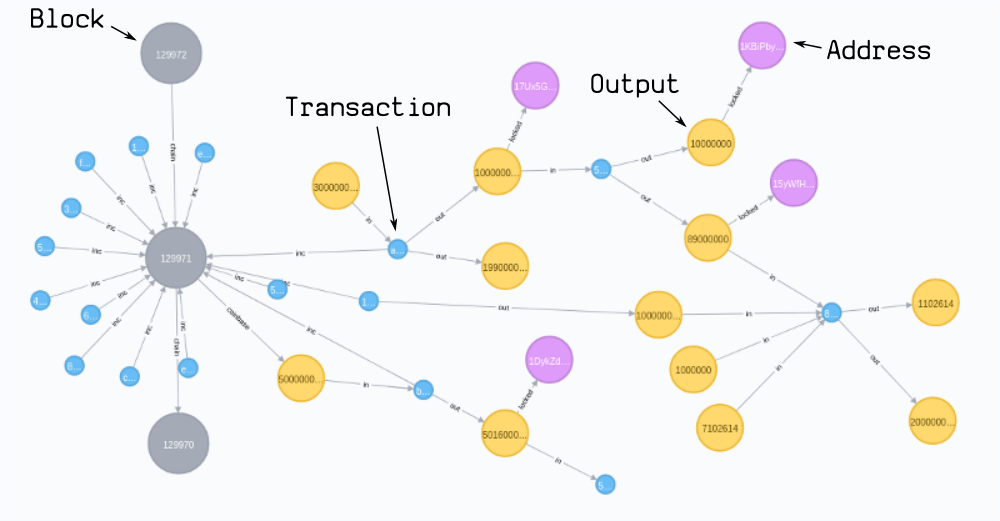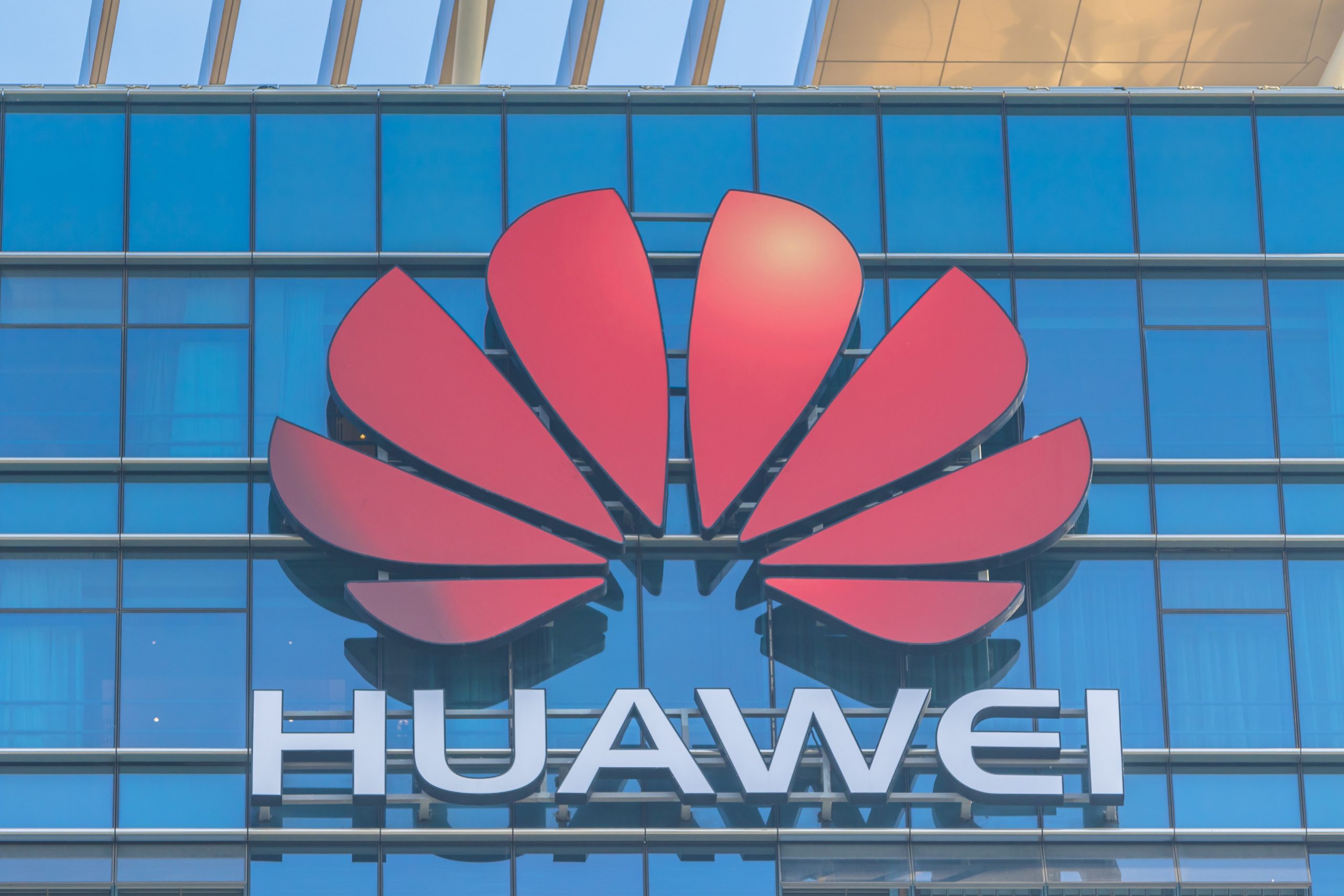With Linus Torvalds expected to release Linux 6.13 stable this coming Sunday, 19 January, here’s a reminder about the most exciting features, performance optimizations, and new hardware support arriving for this first major kernel release of 2025.
Some of the most exciting changes for Linux 6.13 include:
– The AMD EPYC 9005 “Turin” processors on server motherboards with ACPI CPPC now are defaulting to using the AMD P-State CPU frequency scaling driver rather than the generic ACPI CPUFreq driver. This can mean nice performance and power efficiency improvements and looking good for AMD Zen 5 servers. There are also other AMD Zen 5 features merged like Zen 5 perf events, Bus Lock Trap support, and more.
– The AMD 3D V-Cache Optimizer driver is merged for those with Ryzen X3D processors where one CCD has the larger cache and the other CCD can clock to higher frequencies. This driver allows Linux users to select whether they prefer new tasks placed first on the CCD with larger cache or with higher clock frequencies.
– Intel has begun the early stages of next-gen Xe3 graphics bring-up with the initial target being the Panther Lake SoCs with integrated graphics. Also on the Panther Lake side, Linux 6.13 is bringing initial support for the 5th Gen NPU debuting with Panther Lake.
– Support for many older Apple devices of the pre-M1 era like various iPhones and iPads. But it’s very initial support so your mileage may vary.
– Those using the Raspberry Pi single board computer for gaming/graphics workloads can enjoy better performance with big/super pages driver support within the V3D DRM driver. Also another nice Raspberry Pi addition is the initial RPi Camera Front End “CFE” vide capture support.
– Initial support for the NVMe 2.1 specification as well as NVMe rotational devices.
– LLC and NUMA awareness for the exciting “sched_ext” scheduler code.
– Clang AutoFDO and Propeller optimization support for making a more aggressively optimized Linux kernel image based upon feedback provided to the compiler based on your intended workloads.
– A tipping point for the Linux kernel’s Rust infrastructure and the expectation that more real Rust kernel drivers will be landing soon in the mainline tree.
See the more comprehensive Linux 6.13 feature list for more information on this big kernel update. Linux 6.13 is currently scheduled to debut as stable on 19 January barring any last minute code issues or concerns being raised to Torvalds. And then it’s onward to the Linux 6.14 merge window.

/cdn.vox-cdn.com/uploads/chorus_asset/file/25822787/257496_Meta_MAGA_CVirginia_E.jpg)







